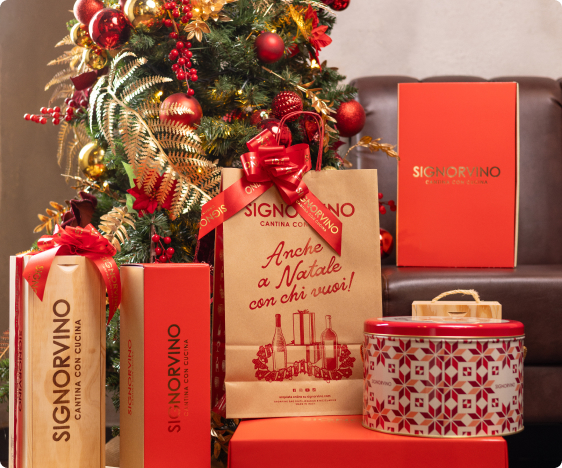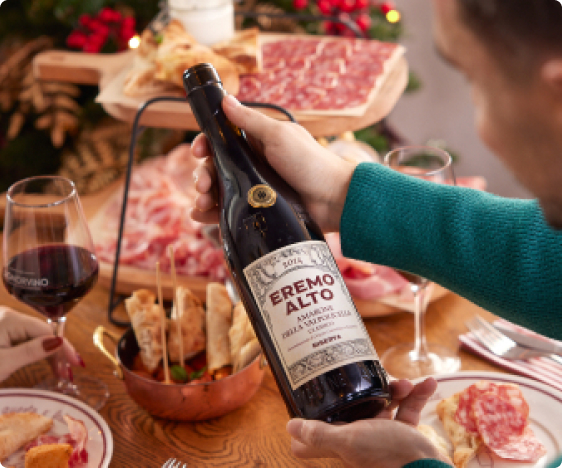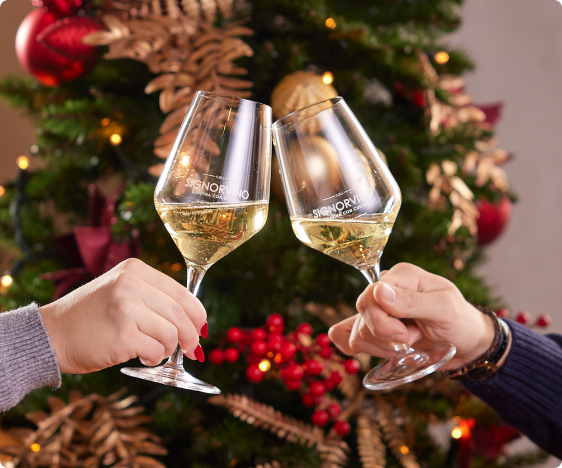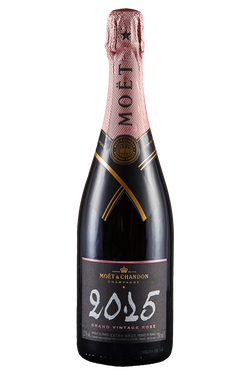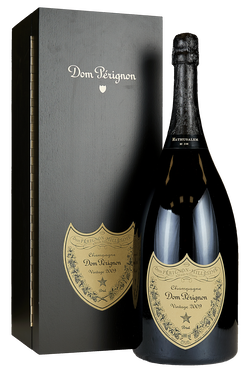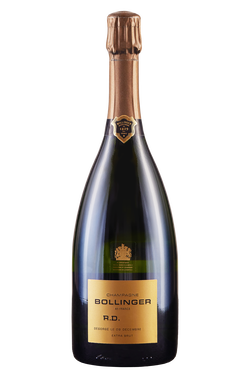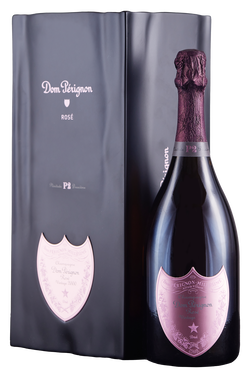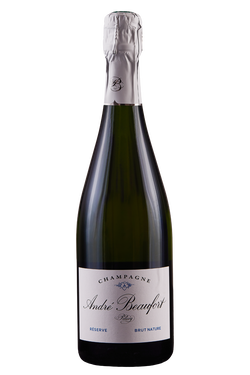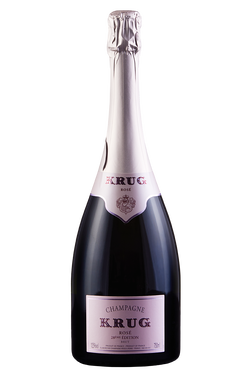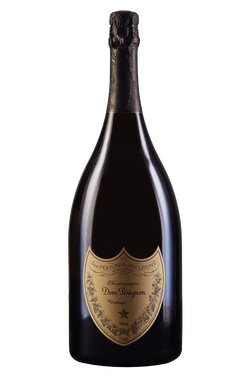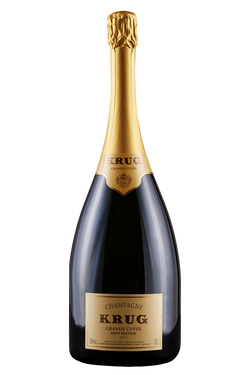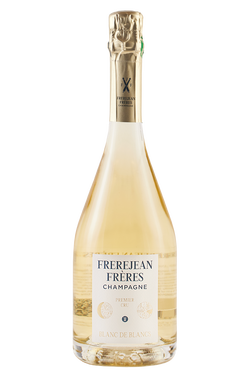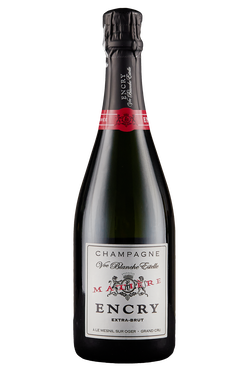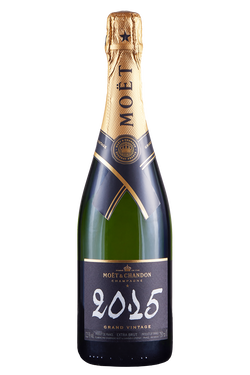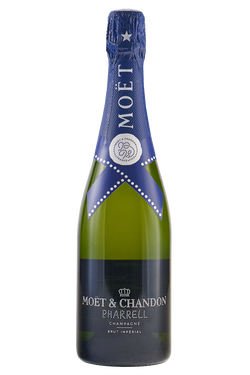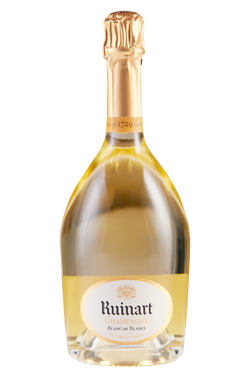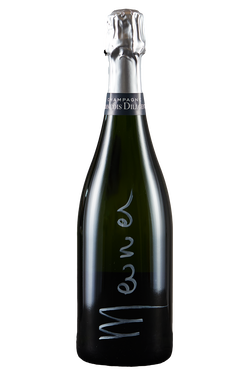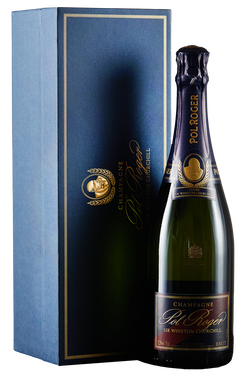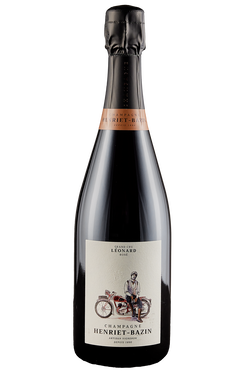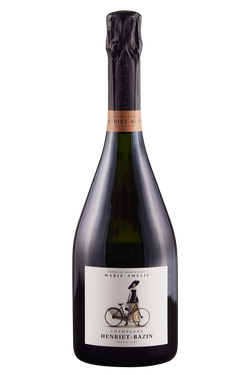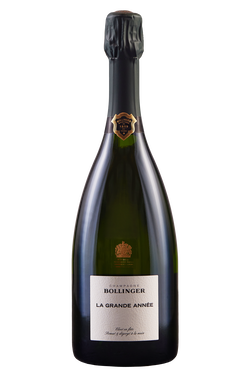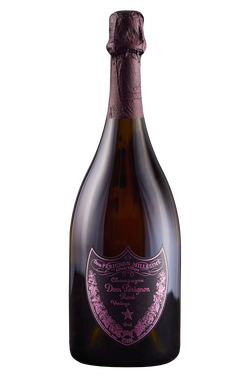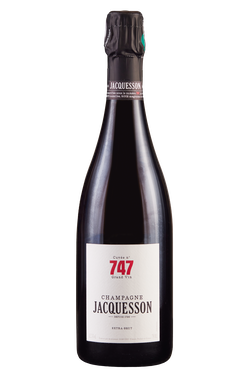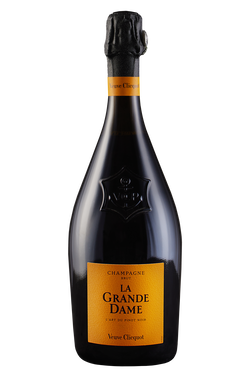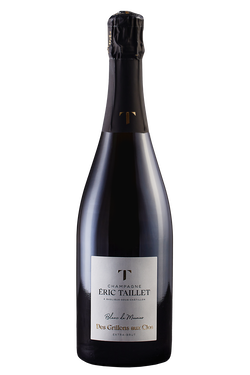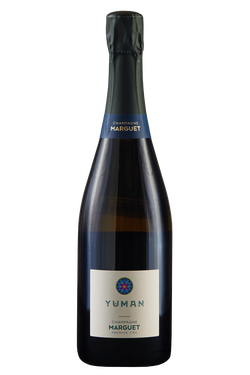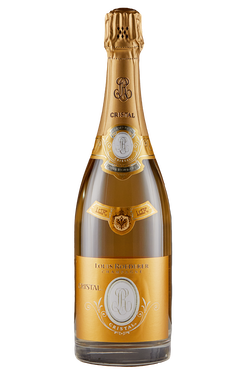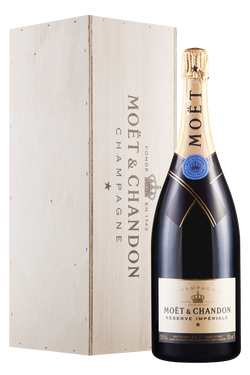- Wines >
- Sparkling wines >
- Champagne
Champagne: the history of the world’s most famous wine
The winemaking history of Champagne began with the Roman Empire. Produced using the Champenoise method, during the 18th century studies were carried out on fermentation, and the process underlying second fermentation began to be understood. The birth of Champagne lies somewhere between reality and legend, but the merit of its invention is attributed to the Benedictine monk Pierre Pérignon, a real person who lived in the monastery of Saint-Pierre d’Hautvillers where he was in charge of tending the vineyards and making wine from the grapes grown by the monks. It seems that it was the Maison Dom Pérignon that perfected the blending of wines into cuvées and dealt with all the organoleptic aspects and issues that arose during the production process. It was only in early 1880 that an employee of the famous Veuve Clicquot developed the technique-called rémuage, which involved rotation of the bottles, increasing the quality of Champagne and perfecting the wine we know today.
Territory and production zones
The Champagne zone, famous the world over, is Europe’s northernmost winegrowing area, characterized by particular soil and climate conditions. The local climate, distinguished by rain, humidity and winter frost, influences vine cultivation, and plants are trained low so as to exploit the warmth of the earth and the sun. The individual varieties grown in Champagne each have their own role and diversity: Chardonnay for its fruit and softness, Pinot Noir for structure and elegance, and Pinot Meunier for its full flavour and aromatic complexity. The production area of French sparkling wine extends into five zones: Montagne de Reims, Côte des Blancs, Vallée de la Marne, Côte de Sézanne and Aube. The chalky, extremely porous soil is able to retain a lot of water for the vines, thus avoiding water stress, but does not offer the most fertile or optimal growing conditions. However, it is known that vines may give the best results precisely in difficult conditions.
For each Champagne its own classification
The Champagne region as we know it today dates back to 1927, thanks to the work done by the INAO (Institut National des Appellations d’Origine). The arrangement of the vineyards is classified using a 1911 system known as the “Scale of the Crus”, based on the quality of each single cru and its distance from the commercial heart of Champagne, i.e. Reims and Epernay. The three categories are Grand Cru, Premier Cru and Cru. Currently only 17 municipalities are classified as Grand Crus, 41 as Premier Crus and the remaining 255 as Crus. Champagne’s 17 Grand Crus are: Louvois, Bouzy, Ambonnay, Verzy, Verzenay, Mailly-Champagne, Beaumont-sur-Vesle, Sillery and Puisieulx in the area known as Montagne de Reims; Aÿ and Tours-sur-Marne in the Vallée de la Marne; and Oiry, Chouilly, Cramant, Avize, Oger and Mesnil-sur-Oger in the Côte des Blancs. Champagnes are always made from base wines called cuvées, which generally display unattractive sensory characteristics if drunk before the start of second fermentation in the bottle, being generally rather acidic and low in alcohol. In the case of the so-called Sans Année the cuvée is made up of various wines from different growing years, while Millésimes or Vintage Champagne is produced using different wines from the same year.
French sparkling wines at the table
Depending on the grapes used, Champagne may display an elegant or intense character, regaling fruit-rich and toasty notes with a citrus touch. It is usually served in a flute or coupe, the classic Champagne glass shape, at a serving temperature below 9 °C. Champagne makes a wonderful aperitif, but is an equally excellent ally when it comes to food pairing, being particularly versatile in any situation. Oysters and Champagne is the best known prestigious, elegant pairing in the world, but this wine is generally perfect with all seafood, thanks to its wide range of fresh, citrussy aromas. It goes perfectly with cheese, but also with risottos, stuffed ravioli or with street food, since fried food balances it and enhances its aromas. Just like its use as an aperitif, the combination of Champagne and desserts is a gastronomic classic, and this wine makes an excellent pairing for a fruit tart or strawberry cake.
